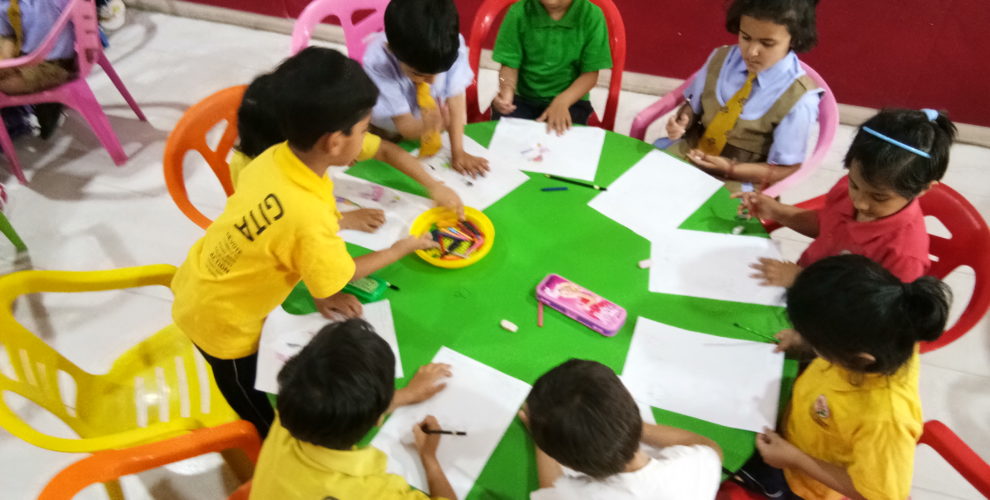1. Individual attention
Teachers can spend more time with each child focusing on the growth and development of each child individually.
2. Individualized teaching plans
Teachers can create individualized classroom learning experiences, assessment and feedback for student improvement. Each child is different and has his own strengths and weaknesses.
3. Richer learning
Teachers can plan for a richer and more meaningful curriculum that is connected to the real world.
4. Applied learning
Have more time for experiental activities and real life application of classroom learning.
5. Better organized class
Teachers are able to better manage teaching aids, digital technology, paperwork, checking work, and are more organized with a smaller group of children. They have more time for engaging learning activities.
6. Child is not lost in the crowd
The teacher is able to ensure participation of all students in learning experiences. Unlike larger classrooms, a child is not lost in the crowd.
7. All-round development
Teachers have time to plan and develop other aspects of each child – knowledge, skills, attitudes – leading to transformation of personality.
8. Meaningful assessments
Assessments are more meaningful and are not just limited to traditional paper and pencil tests, which mostly tests recall of facts. Teachers have opportunities for far better forms of assessment which assess all aspects of a child’s growth, like thinking skills, communication skills, etc.


Leave a Reply
You must be logged in to post a comment.